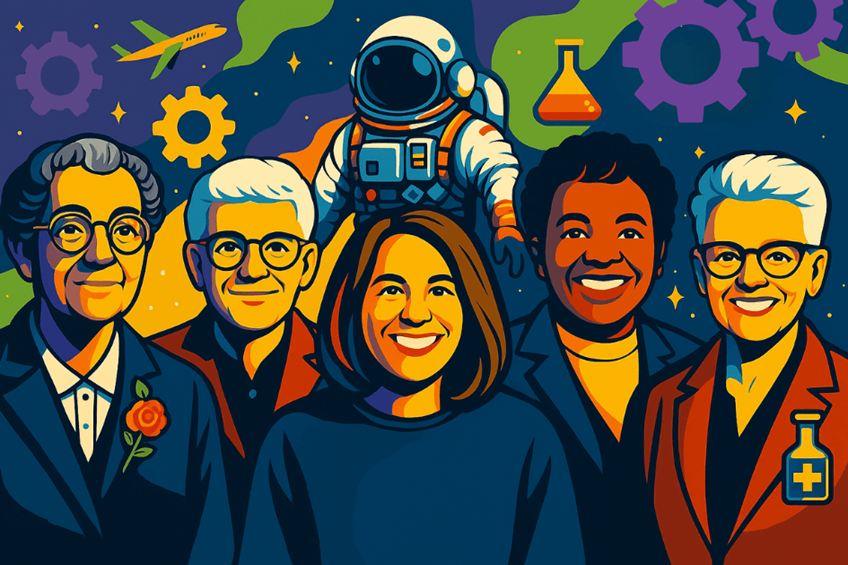
This Women’s Equality Day 2025, we’re celebrating the female engineers who shaped the world your children explore every day
Children and students build towers with blocks, ask you how airplanes stay up, and wonder how their tablets work. These questions are connected to the same curiosity that inspired and led to some of US history’s most brilliant female engineers to success, new creations, and solving challenges that no one was able to solve before them.
In our classes and camps, kids light up when they learn about the engineers who designed the WiFi they use, the bridges they cross, and even the ice cream that stays frozen on hot summer days. The stories of these important US women matter because they show young minds that engineering isn’t reserved for only men or certain types of people, and that it’s available for anyone curious enough to ask “how” and brave enough to find answers.
This August 26th gives us the perfect chance to share these incredible journeys and accomplishments. In this article, we introduce you to some of history’s most influential problem-solvers who refused to accept “that’s impossible” as an answer.
The Woman Who Kept Your Food Safe
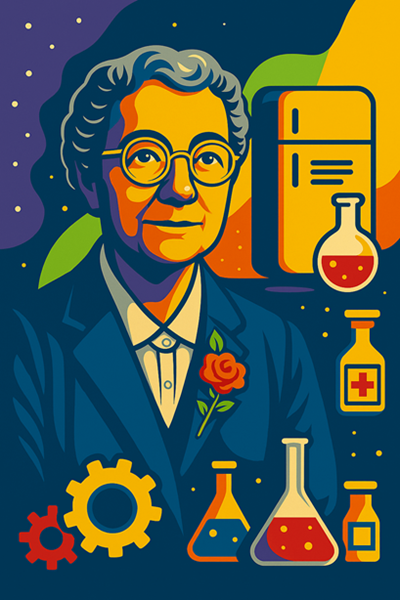
Every time you grab milk from the grocery store or order food delivery, you’re benefiting from the work of Mary Engle Pennington. When she first started her career, she never intended to disguise her gender when she applied to work for the U.S. Department of Agriculture. She just signed “M.E. Pennington” on the application. Good thing she did, however, because women weren’t welcome in government science jobs back in 1907.
Once they discovered she was female, it was too late. Her work on food safety was already saving lives.
Before her innovations, people died from spoiled milk and rotten meat all the time. Families had no way to keep food fresh during transport or storage. She figured out the science behind refrigeration and created the “cold chain” system we still use today.
She’s responsible for many important innovations, including the redesign of railroad cars to keep food cold during long trips, new egg packaging that prevents breakage, and during World War I, she fed soldiers by creating better food preservation methods.
The Computer Genius Who Built the Internet’s Foundation
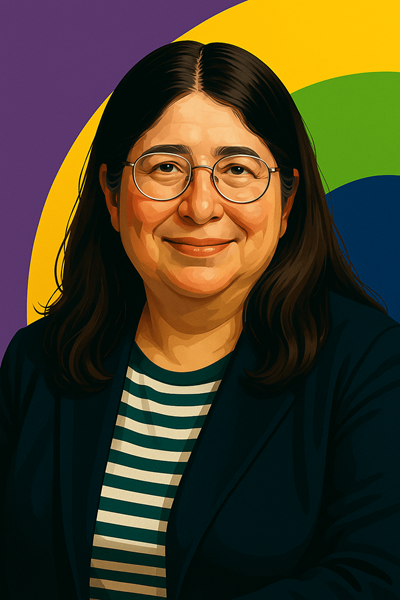
Every time your child goes online, they’re using technology that Radia Perlman helped create.
She developed something called the Spanning Tree Protocol. Think of it as traffic rules for data moving across computer networks. Without this work, the internet would constantly jam up and crash. She literally made modern networking possible.
Her story is perfect for curious minds because she also created one of the first programming languages designed for children, which is called TORTIS (Toddler’s Own Recursive Turtle Interpreter System). It lets youths learn programming concepts through simple commands. She understood something important: engineering education should start early and be fun. That philosophy drives everything we do in our programs.
Over 100 patents and textbooks that trained thousands of network engineers later, she shows us that the best engineers are often the best teachers, too.
Fighting for Clean Air and Water
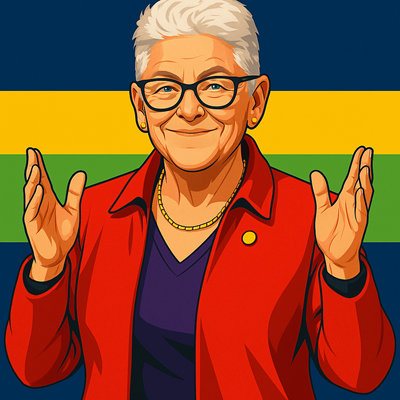
Gina McCarthy spent her career making sure your kids inherit a planet worth living on. As head of the Environmental Protection Agency, she led efforts to reduce pollution, combat climate change, and protect public health.
Her approach was always practical. She didn’t just study environmental problems. She engineered solutions that actually worked in the real world. New rules for power plants significantly reduced harmful emissions under her leadership.
This work shows kids that environmental engineering isn’t abstract. It’s about designing systems that let people and nature work together. Every breath of clean air, every glass of safe water, represents engineering solutions at work. She understood that environmental protection and economic growth don’t have to compete. Smart engineering creates solutions that benefit both.
Two Chemical Engineers Who Changed Everything
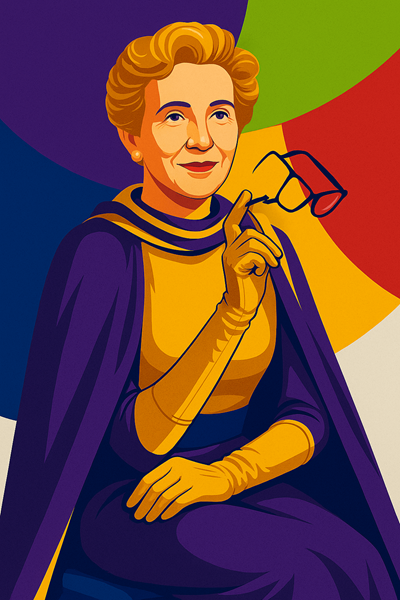
Margaret Hutchinson Rousseau and Frances Arnold took entirely different approaches to chemical engineering, but both left the world better than they found it.
Rousseau made changes in the petroleum industry during an era when women faced enormous obstacles in technical fields. Born in 1910, she earned her chemical engineering degree from the University of Pennsylvania in 1932, making her one of the first women to graduate with this degree. She immediately went to work for DuPont, where she spent her entire career developing new refining processes.
During the 1930s and 1940s, she focused on making gasoline production more efficient and cost-effective. Her innovations helped streamline petroleum refining at a time when the automobile industry was expanding across America. But her most important work came during World War II, when she helped develop high-octane aviation fuel that powered Allied aircraft. This fuel was vital for military aircraft performance, giving Allied pilots the edge they needed in aerial combat.
Her willingness to work in heavy industry when most women were steered toward “softer” careers proved that gender has nothing to do with engineering ability. She held multiple patents for petroleum refining techniques and became a respected voice in the chemical engineering community. Her career opened doors for countless women in chemical engineering and demonstrated that diverse perspectives lead to better solutions.
She worked alongside male colleagues who questioned her presence in a field that didn’t welcome both genders. Yet, she continued to innovate and contribute to major projects that affected millions of people, making her story one that shows kids and adults alike that sometimes the biggest obstacle to overcome isn’t the technical challenge, but showing you belong in the room where decisions get made.
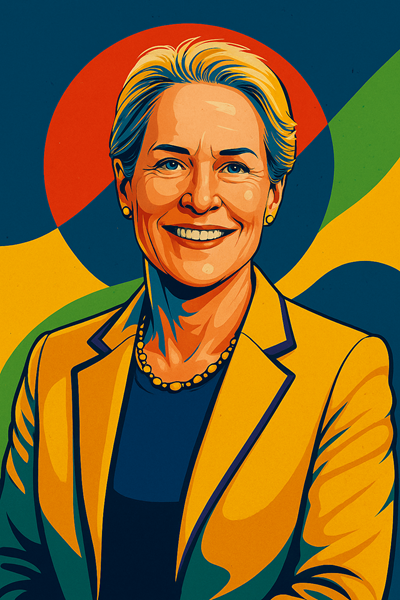
Arnold took a completely different path, one that didn’t even exist when Rousseau was working. Born in 1956, she grew up during the women’s liberation movement and entered a scientific field that was slowly becoming more accepting of female researchers. She earned her PhD in chemical engineering from the University of California, Berkeley, then began working on what would become her life’s work: directed evolution.
Traditional chemical engineering often involves designing processes from scratch, using known chemical reactions to create desired products. Arnold flipped this approach on its head. Instead of designing new enzymes and proteins, she used the principles of evolution to create them. She would start with existing biological molecules, introduce random mutations, then select the variants that performed best for specific tasks.
This approach, which won her the Nobel Prize in Chemistry in 2018, represents a completely new way of thinking about chemical engineering. Her techniques help develop everything from biofuels to life-saving medicines. Pharmaceutical companies use her methods to create more effective drugs. Energy companies apply her work to develop cleaner fuel alternatives.
What’s fascinating about her approach is how it represents modern engineering thinking. Instead of building everything from scratch, sometimes the smartest solution is working with natural processes. Nature has already spent millions of years perfecting biological systems through evolution. Arnold figured out how to use that same process in the laboratory, but much faster.
With her elegant, efficient, and incredibly effective work, she created new enzymes in weeks that would take nature thousands of years to develop. These engineered proteins can break down plastics, produce pharmaceuticals, and create sustainable fuels. Her laboratory has become a training ground for the next generation of biochemical engineers.
Both women show kids that chemical engineering can mean working with oil refineries or winning Nobel Prizes. The field is vast, offering room for every type of open and curious mind. If you’re interested in traditional industrial processes or advanced biotechnology, chemical engineering offers pathways to solve some of humanity’s biggest challenges.
The Electrical Engineers Who Powered Our World
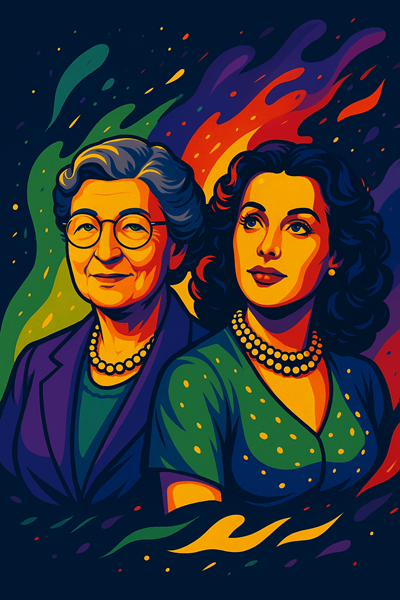
Edith Clarke became the first female electrical engineer in the United States by sheer determination. She specialized in power transmission, figuring out how to move electricity efficiently over long distances. The mathematical tools she developed for analyzing electrical systems trained generations of engineers. Her “Clarke calculator” helped solve complex power problems faster and more accurately, and her textbook became the standard reference for AC power system analysis.
Then there’s Hedy Lamarr, whose story might surprise you. Yes, she was a famous Hollywood actress, but she was also a brilliant inventor who developed frequency-hopping technology, the foundation of modern WiFi, Bluetooth, and GPS systems.
Originally designed to prevent enemy forces from jamming torpedo guidance systems during World War II, her invention was decades ahead of its time. The same principles now let your phone connect to wireless networks seamlessly. Her story teaches us that engineering thinking can complement any career or passion. You don’t have to choose between creativity and technical skills.
The Astronaut Engineer Who Reached for the Stars
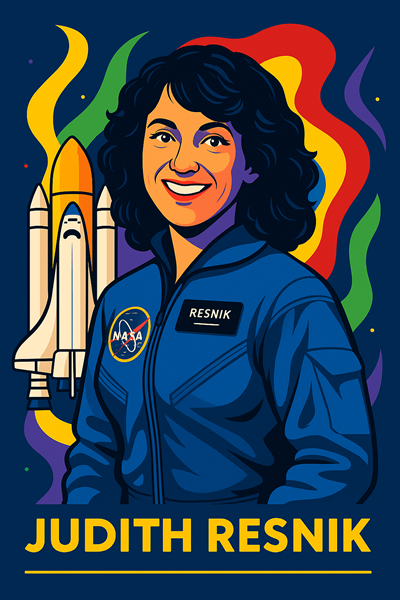
Judy Resnik combined two dreams that many kids share: becoming an engineer and going to space.
Born in Akron, Ohio, in 1949, Resnik showed an early aptitude for mathematics and science. She earned her bachelor’s degree in electrical engineering from Carnegie Mellon University in 1970, then completed her PhD in electrical engineering from the same university in 1977. At a time when few women entered engineering fields, she did well in her studies and established herself as a capable problem-solver.
Before joining NASA’s astronaut program, she worked for several years developing satellite systems and spacecraft technology at TRW Space Technology Laboratories in California. Her electrical engineering background gave her an understanding of the complex systems that make space travel possible. She worked on control systems, circuit design, and software development for space applications. This work involved creating systems that could operate reliably in space’s extreme conditions, where temperatures swing wildly, radiation is high, and there’s no possibility of repair.
When NASA selected her for the astronaut program in 1978, she was one of only six women chosen from over 8,000 applicants in a very tough selection process that tested their physical fitness, technical knowledge, problem-solving abilities, and psychological resilience.
While she dreamed about space, she was also responsible for creating the very technologies that would get her there. Her first mission came in 1984 aboard the Discovery shuttle, where she operated the shuttle’s robotic arm and helped deploy satellites. These technical skills were useful during the mission, and she showed that astronauts needed to be more than just pilots. They had to be engineers, scientists, and technicians all rolled into one.
In space, there’s no room for error, and every system must work perfectly, every time. Her work on satellite systems and space experiments contributed to our understanding of how technology operates in space’s harsh environment. She helped deploy communication satellites that improved global communications and conducted experiments that advanced materials science and manufacturing processes in microgravity.
Her second mission was scheduled for January 1986 aboard the Challenger shuttle. The crew planned to deploy the Hubble Space Telescope and conduct various scientific experiments. Resnik was responsible for operating the camera equipment and overseeing several technical aspects of the mission. She had spent months training for this flight, working with her crewmates to perfect every procedure.
She died in the Challenger disaster on January 28, 1986, just 73 seconds after launch. A faulty O-ring seal caused the shuttle’s external fuel tank to explode, killing all seven crew members. The disaster shocked the nation and led to major changes in NASA’s safety procedures and decision-making processes.
Her legacy continues to inspire young people interested in aerospace engineering. Schools across the country are named after her, and scholarships in her honor help fund engineering education for students who might not otherwise have the opportunity. Her story shows that aerospace engineering requires both technical skills and courage. She proved that the path to the stars runs directly through engineering classrooms and laboratories.
Her life shows that engineering isn’t just about solving problems on Earth. The same principles that help design better computers or more efficient systems also apply to the challenge of human space exploration. Every circuit she designed, every system she tested, every problem she solved contributed to humanity’s ability to explore beyond our planet.
The Computer Engineer Who Taught Machines to Talk
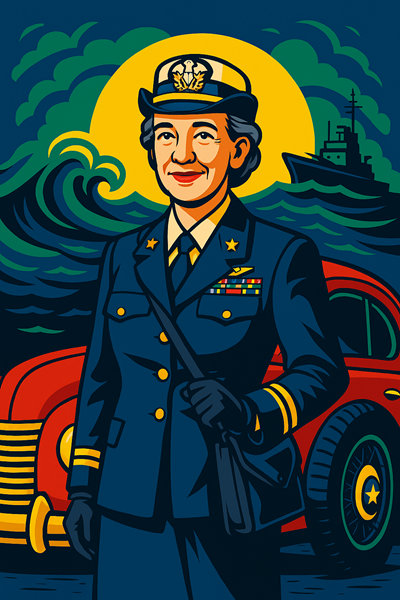
Grace Hopper figured out how to make computers understand regular words instead of just numbers and symbols.
Born in 1906, she loved taking things apart as a kid. As a child, she once took apart seven alarm clocks to figure out how they worked. Instead of scolding her, her parents encouraged her and gave her more clocks to continue exploring. That curiosity never left her.
After earning a PhD in mathematics from Yale in 1934, she joined the U.S. Navy during World War II and was assigned to work on the Harvard Mark I computer. This machine filled an entire room and clicked loudly as it ran. At the time, programming computers meant writing long strings of number codes, where even the tiniest mistake could break everything. She thought, why should people have to learn the computer’s language? Why not make computers understand ours?
In 1952, she created the first compiler, a tool that translated English-like instructions into the number codes computers used. Many of her colleagues doubted her. “Computers can’t understand English,” they said. But she proved them wrong.
Her work led to COBOL, one of the earliest programming languages to use everyday words. Instead of typing endless numbers, programmers could now write commands like “ADD SALARY TO TOTAL.” This opened the door for thousands of new people to learn programming.
She also had a talent for teaching. She made computer science fun and relatable, joking about the first “computer bug” (an actual moth stuck in a machine!) or handing out 11.8-inch wires to show how far electricity travels in one nanosecond. She helped people see how computers worked.
Her vision that computers should work for people, not the other way around, is still shaping the way kids learn today. Thanks to people like Grace Hopper, young students can start coding with simple, visual languages instead of confusing strings of numbers. It’s the same spirit we carry forward at Engineering For Kids: encouraging curiosity, problem-solving, and the belief that technology should empower people to create.
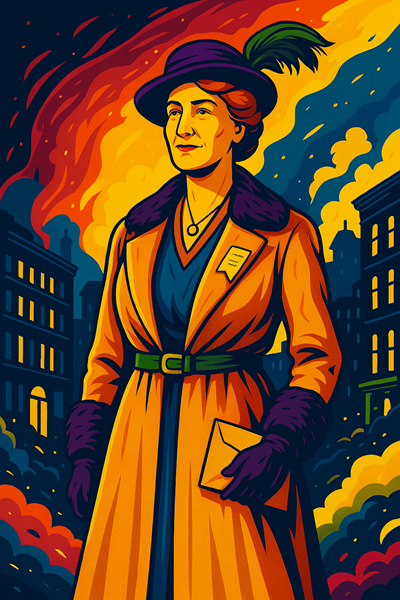
Nora Stanton Blatch Barney became the first woman to earn a civil engineering degree in the United States in 1905. Born in 1883, she grew up in a family that believed women could do anything. Her grandmother was Elizabeth Cady Stanton, a famous women’s rights leader, and her mother was also an activist who fought for women’s right to vote. Following that tradition, she would grow up to build bridges, buildings, and more.
Earning a degree from Cornell University during a point in our history when it was believed that engineering was only for men. Right after graduation, she got a job with the American Bridge Company working on the Blackwell’s Island Bridge in New York City. She was the only woman on the entire construction site.
Her work was impressive. She calculated stresses on steel beams, designed structural supports, and solved problems that stumped other engineers. In 1906, she became the first woman elected to the American Society of Civil Engineers. She was proud of this achievement, but it didn’t last long. When she got married in 1908, the society tried to downgrade her membership, claiming married women couldn’t be full members.
She fought back. She took the case to court and won, keeping her full membership. But the experience taught her that being good at engineering wasn’t enough. She also had to fight for the right to practice it.
During World War I, she worked on major infrastructure projects including railway systems and bridge construction. She proved that civil engineers needed to think about more than just making structures strong – they had to consider how people would actually use them.
She also worked as an architect, designing houses and public buildings. Her designs focused on making spaces that worked well for the people who lived and worked in them, understanding that true engineering serves real human needs.
Her legacy lives on every time kids see women working on construction sites, designing buildings, or managing major infrastructure projects. She showed that civil engineering – the field that builds the roads we drive on and the buildings we live in – needed different perspectives and ideas to serve everyone better.
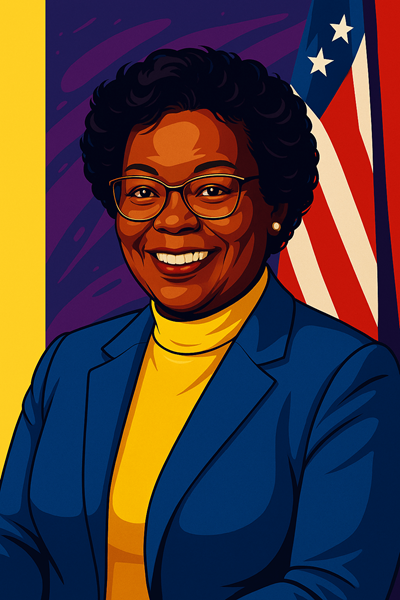
Montague became the first person to design a ship using computer technology. Born in Little Rock, Arkansas, in 1935, she grew up during the Great Depression and faced both racial segregation and gender discrimination throughout her career. After graduating from Arkansas AM&N College with a degree in business, she started working for the Navy as a clerk typist in 1956.
Her breakthrough came when she taught herself computer programming languages like FORTRAN and COBOL. At a time when few people understood computers, she saw their potential for naval design work. In 1971, she was given just 18 hours and 26 minutes to create a computer program that could design a ship. Working through the night, she successfully programmed the system to produce the plans for the USS Knox, a destroyer escort.
This achievement made her the first person to design a naval vessel using a computer. Her computer-generated designs were more accurate, faster to produce, and more efficient than traditional hand-drawn plans. What took months of manual drafting could now be completed in hours.
Her story is particularly inspiring since she overcame both racial and gender barriers in a field dominated by white men. She taught herself computer programming when formal training wasn’t available to someone with her background. Throughout her 33-year career with the Navy, she pushed for new technology adoption and mentored other women entering technical fields.
Montague’s innovations improved ships and changed how the naval industry approached design and construction, while her work would lay the foundation for modern computer-aided design systems that are used throughout the maritime industry today.
Making Things Work Better
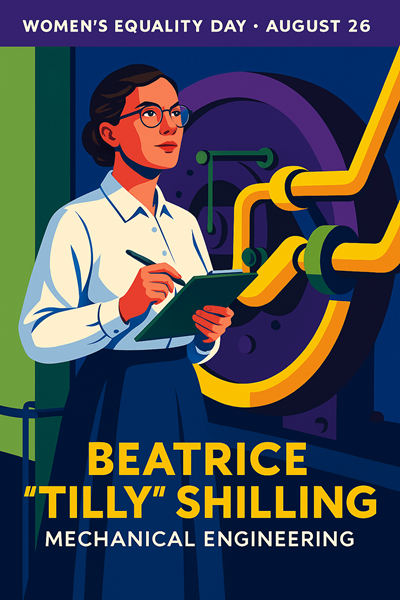
Beatrice “Tilly” Shilling made mechanical engineering contributions that changed history. During World War II, British fighter planes had a deadly problem. The Rolls-Royce Merlin engines powering Spitfires and Hurricanes would cut out during negative-G combat maneuvers, leaving pilots vulnerable at the worst possible moments.
Shilling’s solution was brilliantly simple: a small metal disc with a hole in it, installed in the carburetor to control fuel flow during negative-G forces. This “Miss Shilling’s orifice” kept engines running during combat and may have helped win the Battle of Britain. Sometimes the best engineering solutions are the simplest ones.
Born in 1909, Shilling earned her engineering degree from Manchester University at a time when women in engineering were scarce. She wasn’t just a problem-solver in the workshop. She was also a talented motorcycle racer who competed in the Isle of Man TT races, one of the most dangerous motorcycle competitions in the world. Her hands-on experience with high-performance engines gave her unique insights into mechanical problems that others might miss.
After the war, she continued working on aircraft engines and became one of the first people to study supersonic flight. She worked on jet engine development and helped solve problems with early rocket engines. Her practical approach to engineering problems, combined with her willingness to get her hands dirty testing solutions, made her invaluable during Britain’s transition from propeller aircraft to jet fighters.
Carrying the Torch Forward: Meet Our Curriculum Development Specialist
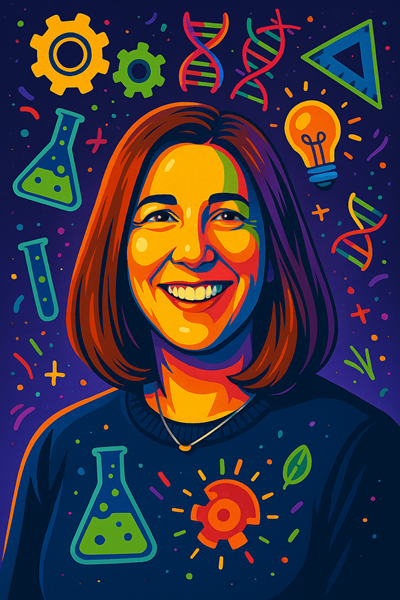
Meet Meredith Bolton, our Curriculum Development Specialist here at Engineering For Kids. With over 20 years of classroom experience and a Master’s degree in STEM Leadership, she transforms how children engage with STEM concepts.
She shares the same innovative spirit that motivated women like Pennington, Perlman, and Arnold. Her career has focused on developing new teaching approaches, including creating a middle school Maker Space where students tackle interdisciplinary projects.
Her specialty is translating complex principles into accessible learning. From working with a 4-year-old discovering balance through blocks to guiding a teenager through their first programming project, she creates meaningful connections between curiosity and understanding.
Like these historical figures, she identifies authentic challenges, develops creative solutions, and continuously asks, “What if we approach this differently?” This philosophy shapes every program we create.
We’re delighted to have her on our team and proud to honor her alongside these incredible women who changed history.
What These Stories Mean for Your Kids
These problem-solving engineers didn’t sit back when they encountered challenges. They refused to accept “impossible” as an answer. They persisted through setbacks, invented new approaches, overcame institutional barriers, and convinced skeptics that their ideas would work. Each of them successfully redefined what engineering could accomplish when inspired minds tackle real problems.
Why We Share These Stories
In our programs today, we see the spark that happens when children realize engineering is for them, too. These women’s stories are an important part of our history that shows where we are today as a result of their contributions. They offer proof that curiosity and determination can change the world. This happens when the path from playground questions to world-changing solutions becomes visible, allowing our youth to see themselves and their possibilities.
This Women’s Equality Day, we celebrate not just what they accomplished, but what their example makes possible for every child who wonders “how does that work?” and decides to find out. Your child’s interests, passions, and questions about how things work are the beginning of an engineering mindset that could change the future.




